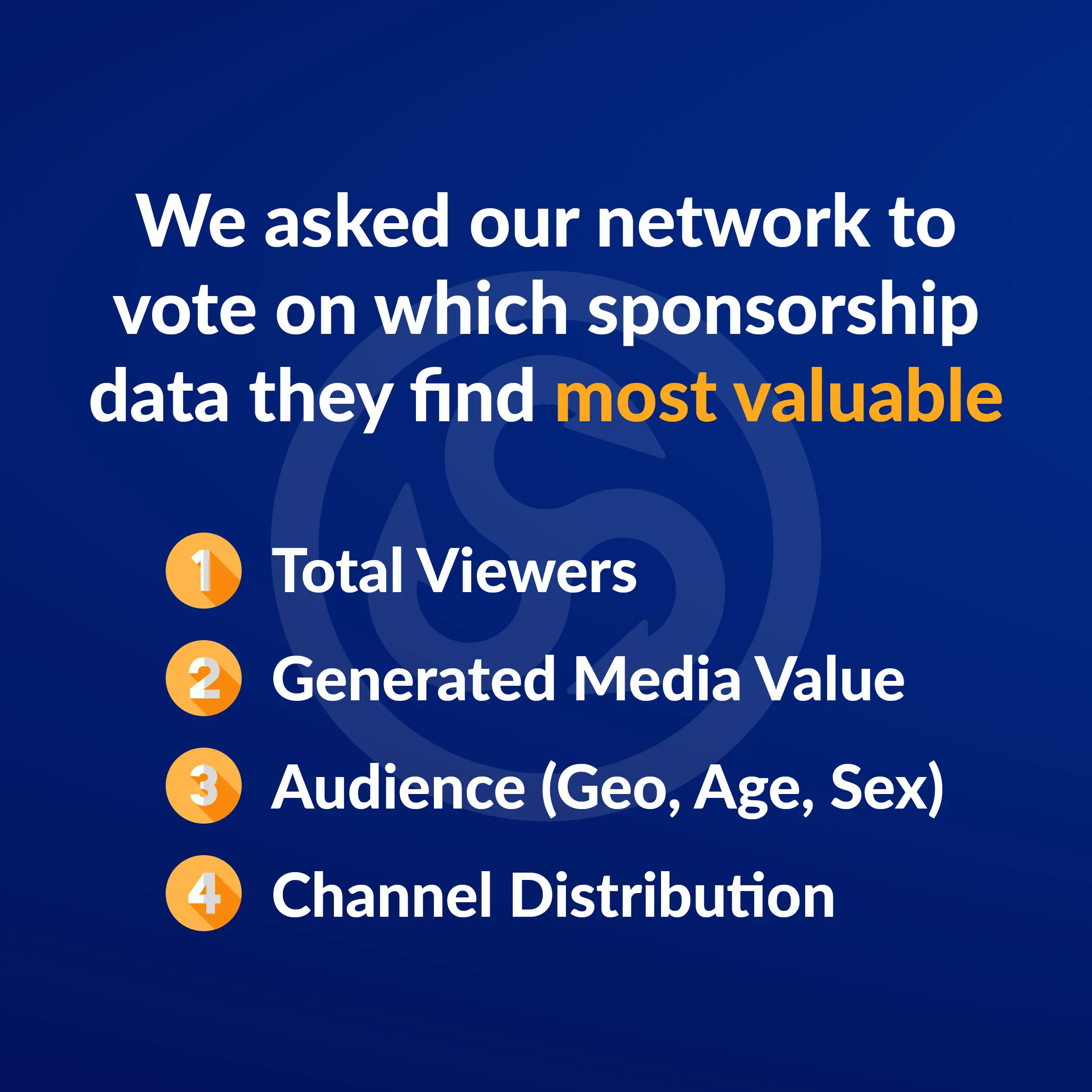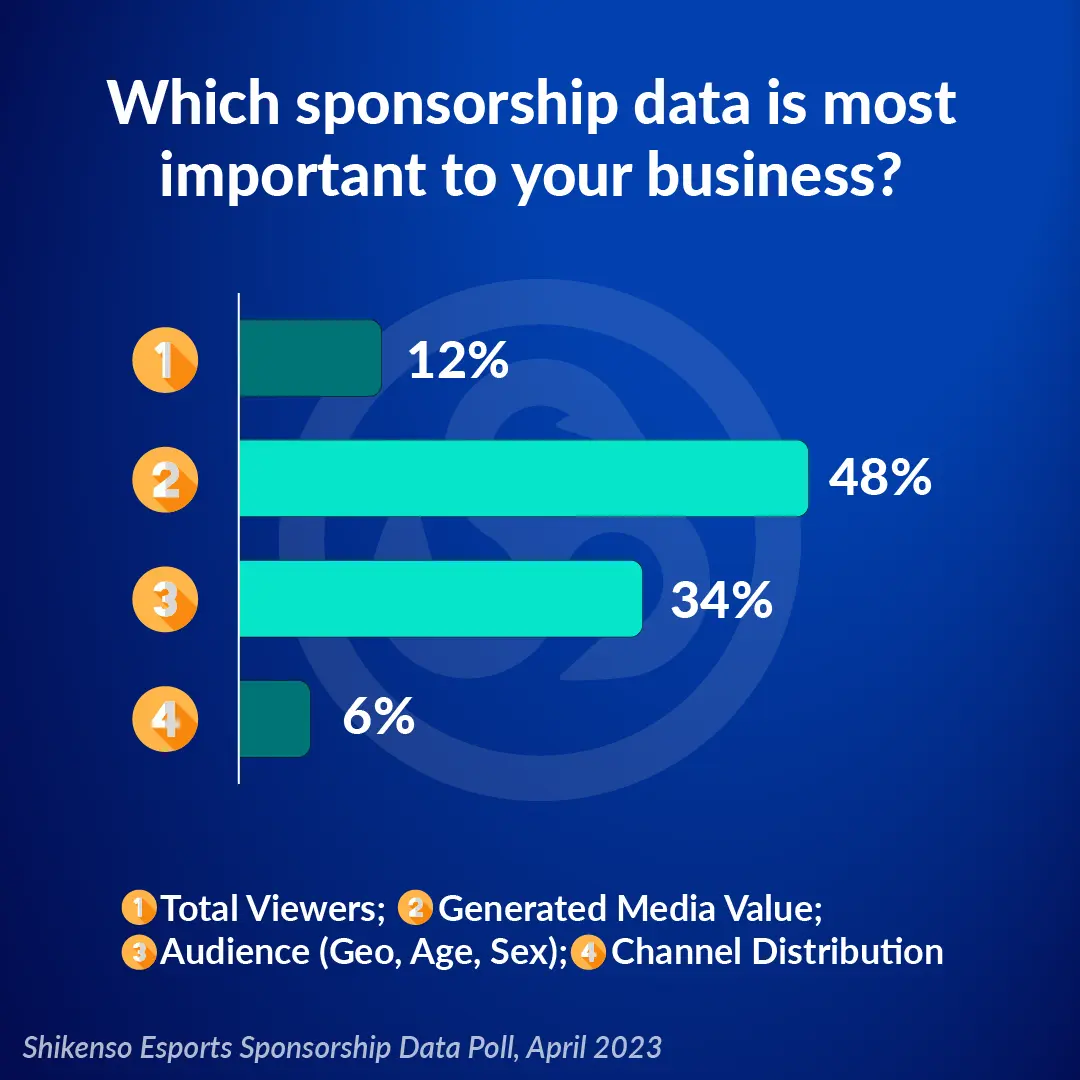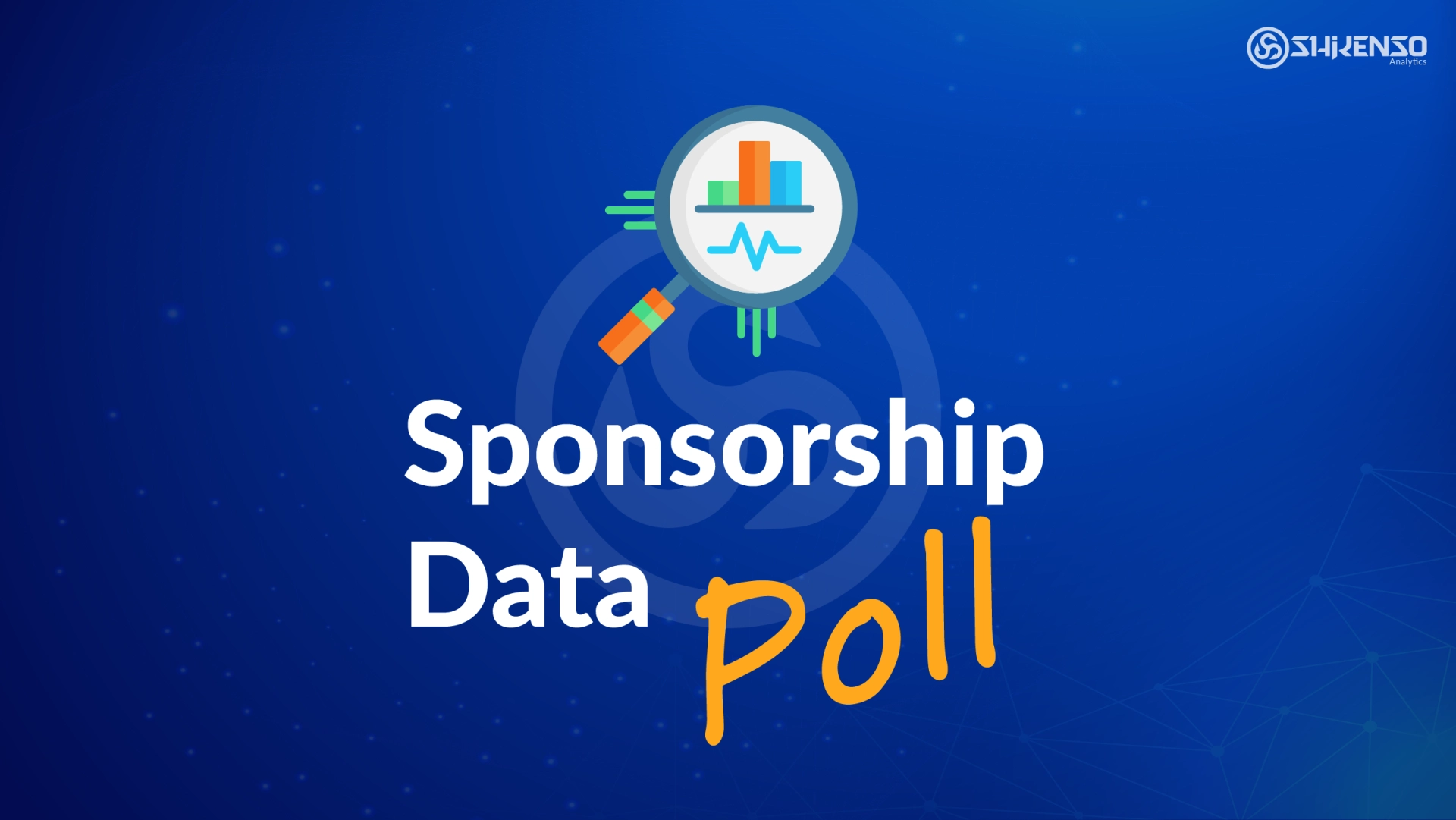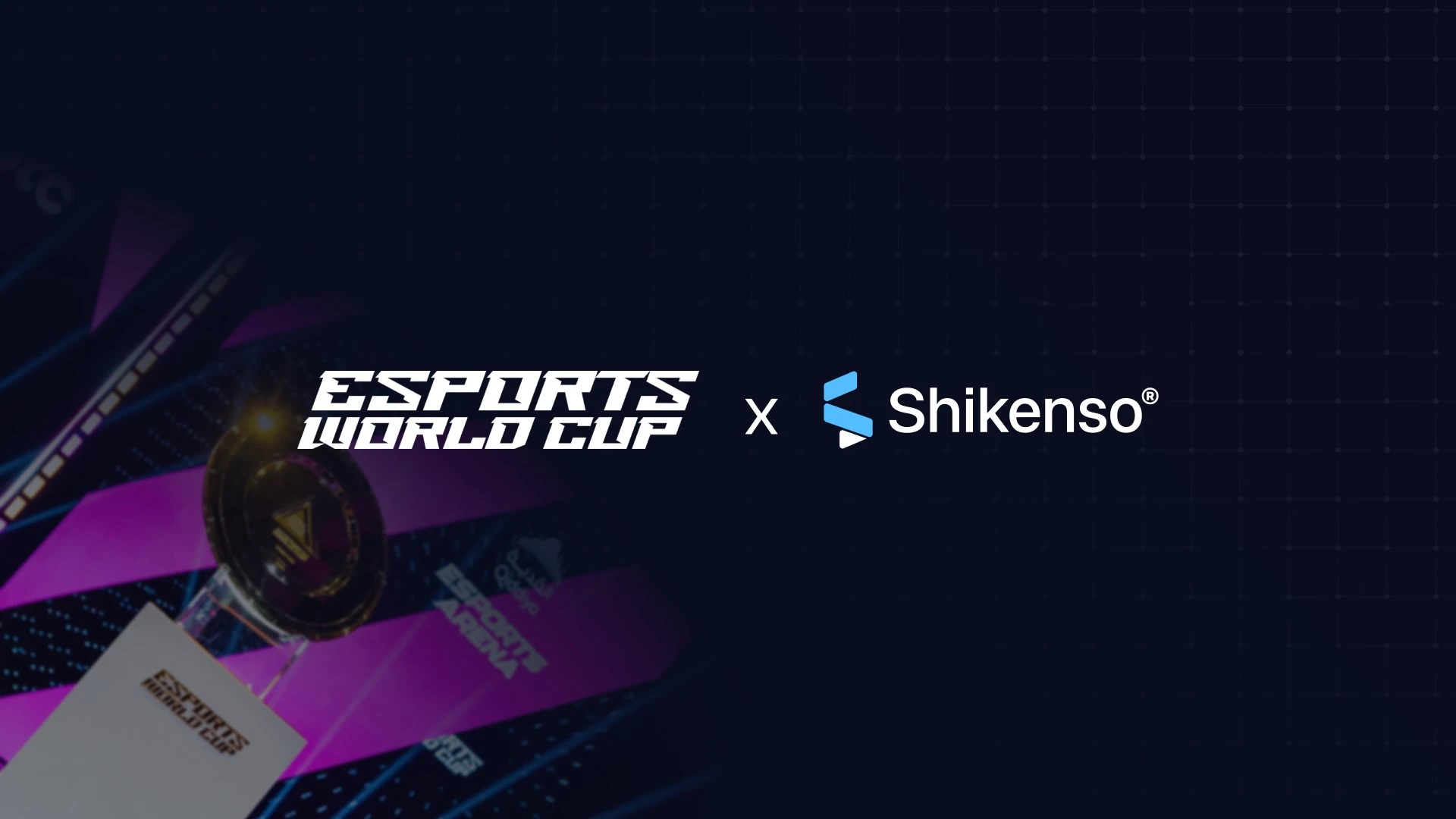Note: This article was published before our rebrand. You may notice our former logo or design elements.
If you had to choose only one key among all the data available, which one would it be?
In the fast-paced world of esports, it can be tough to determine which metrics matter most when it comes to evaluating sponsorship success. There are tons of metrics out there to measure esports sponsorship success. But what are they and which are the more important ones? Let’s find out.
Key Sponsorship Metrics
- Reach: Reach measures the total number of unique individuals who have been exposed to a sponsorship message at least once during an event or broadcast. The higher the reach of an event, the more people are seeing the sponsorship message, indicating increased brand recognition.
- Media Value: In the same way that traditional advertising evaluates impressions, Media Value calculates the monetary value of a brand's visibility in a sponsorship. It assists brands in estimating the cost of their sponsorship presence if it had been acquired as paid advertising.
Take a deep dive into our blog to learn more about media value.
- CPM: The cost of 1,000 impressions for a brand's sponsorship exposure is measured as CPM (Cost Per Mille). It assists in calculating a sponsorship's efficacy and cost-effectiveness in relation to alternative forms of advertising.
- ROI: ROI (Return on Investment) measures the profitability and effectiveness of a sponsorship by comparing the financial return or revenue to the cost of investment. It lets a brand know whether its sponsorship investment yielded a positive return.
Brands can also go the extra mile and make use of video analysis to track brand shoutouts if they are showcasing product placement or are designated naming partners. They can also track chat sentiment to get product feedback and check if they are reaching the right audience.
Why Is Measuring Sponsorship Performance Crucial?
Tracking and evaluating sponsorship performance is crucial for brands and other stakeholders to ensure that their investments have a quantifiable impact and provide real value. Here’s why it matters:
1. Evaluates ROI
Because sponsorships demand a large financial outlay, brands must determine whether they are reaping the benefits. A brand may invest $100,000 on a sponsorship but was the exposure and engagement worth it?
2. Justifies Future Sponsorship Investments
Brands can use data-driven insights to determine whether to extend, modify, or end a sponsorship agreement. Sponsors can choose better teams, positions, or tactics the next time if a campaign doesn't work out.
3. Ensures Effective Brand Exposure
Sponsorships should result in genuine engagement rather than just increased visibility. Measuring media value, impressions, and reach shows whether the brand is effectively connecting with the fans.
4. Scopes Out Areas of Improvement
Measuring sponsorship performance allows brands to analyze what’s working and what needs improvement, ensuring future campaigns deliver better returns. A brand can even adjust strategies mid-campaign by tracking sponsorship performance using key metrics.
A number of brands did a brilliant job at ensuring sponsorship exposure this past EURO 2024. Check out the sponsorship tactics of EURO 2024 sponsors which yielded high levels of marketing exposure.
We Asked The Industry
Shikenso recently conducted a poll among industry professionals to identify the key sponsorship data that truly matters. The survey included 4 key metrics that play a vital role in today's sponsorship landscape:
- Total Viewers
- Media Value
- Audience Data
- Platform/Channel Distribution
"Data is key, also in esports. If you had to pick one, which one would it be?"


Out of the four metrics that were up for vote, "Generated Media Value" and "Audience Analysis" emerged as clear winners among the 90 participants. This emphasizes the importance of considering factors beyond just total viewership and channel distribution numbers. In today's market, understanding your audience (country, age, sex) and maximizing your media value is crucial for making smart sponsorship decisions.
By continuously measuring performance and adjusting strategies, brands can maximize esports sponsorship ROI, improve audience engagement, and make data-driven sponsorship decisions.

Get new insights straight to your inbox
Don’t miss out on the insights that the press and media rave about!







